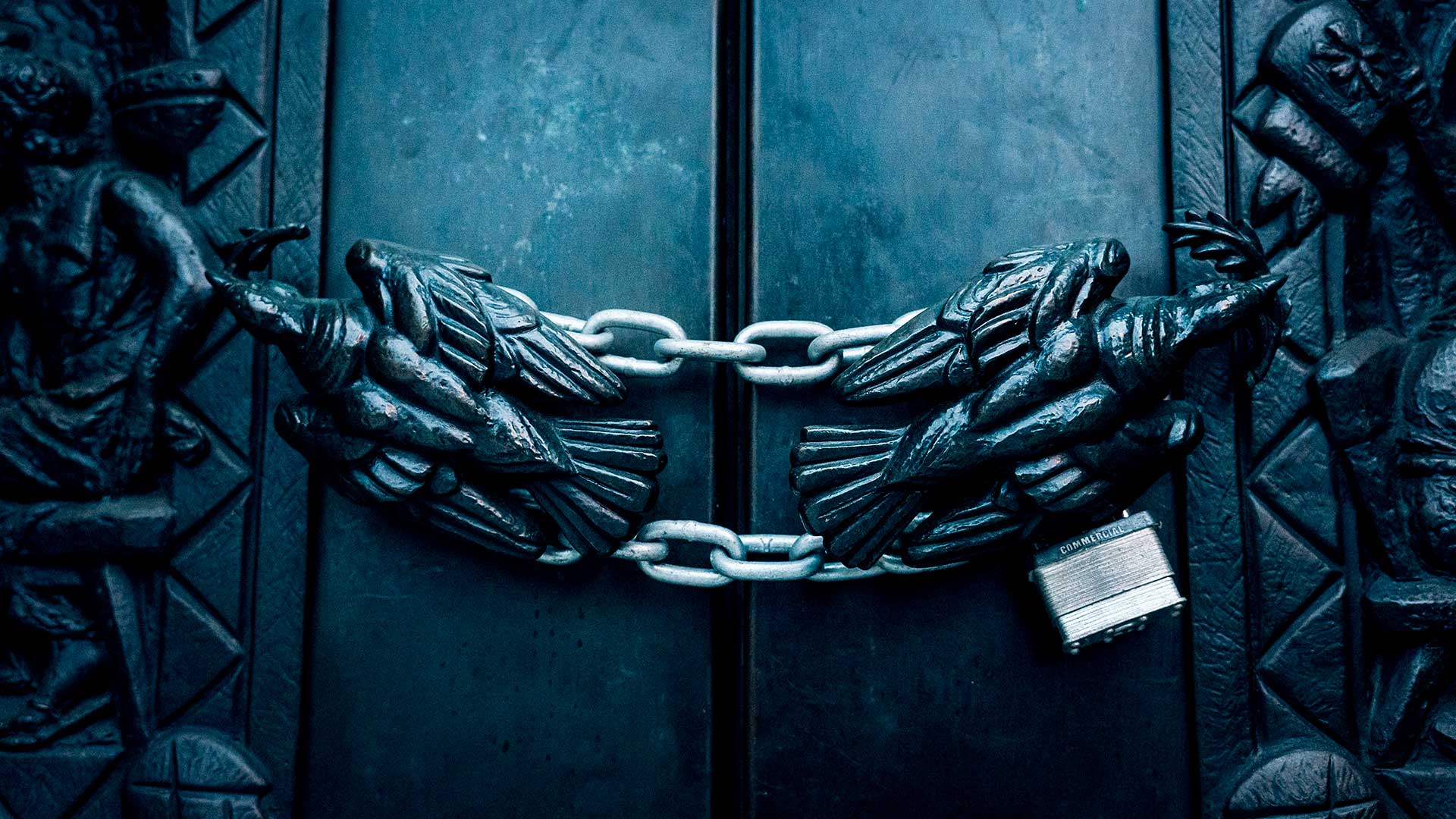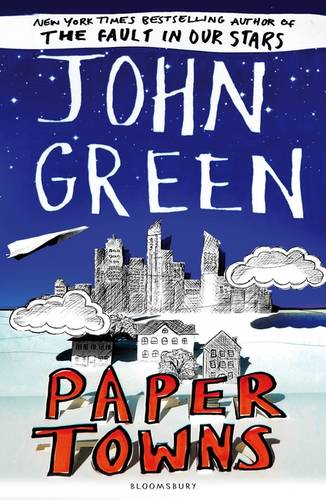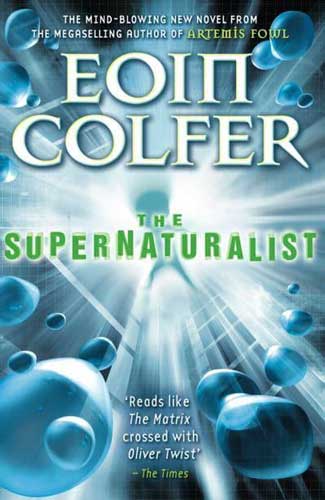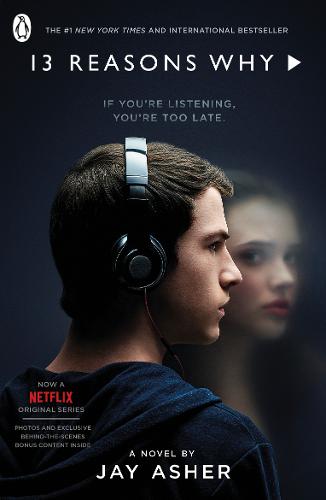
Banned books week – our recommendations
Banned Books Week was started in America in 1982 as a movement to celebrate the right to read and resist censorship. Sparked by a surge in complaints to schools about their reading lists, and challenges to libraries by politicians, parent bodies and churches, the last week of September each year is a time to remember that people should have a right to express ideas and opinions even if they are not mainstream or held by the majority.
Finding high quality and engaging text for reluctant readers can be a challenge, particularly as children grow older. But there’s something about banned books that can spark an interest or a desire to read that book. In the same manner, banned music has often become immediately popular and shot to the top of the charts. Some children will be excited by the idea of reading a book that’s been banned, branded subversive or has offended adults.
Banned books week – here’s our list of topic books featuring banned and challenged titles for EYFS, KS1, KS2, KS3 and KS4. This list of banned books includes middle-grade fiction, teen novels, nonfiction and picture books by writers including Roald Dahl, Judy Blume, Raina Telgemeier, Jason Reynolds, David Levithan and Sherman Alexie.
Banned Books week books for KS1, KS2, KS3 and KS4 – our recommended titles
James and the Giant Peach by Roald Dahl
James Trotter is a lonely boy who lives with two horrible aunts, one of which is very fat, and the other very thin. One day, a peach at the bottom of the garden begins to grow and grow. Out of control, it becomes so big that James explores inside it. This lower KS2 children’s classic was banned in Texas because it contains another word for ‘donkey’ which we can’t print here in case it causes school filtering software to stop people from reading this page.
The Chocolate War by Robert Cormier
When new boy Jerry refuses to take part in a shady scheme to sell chocolates for a dubious school fundraiser, he is subjected to an increasing cycle of coercion and bullying in this tense thriller. This young adult novel is a gripping read for teens in KS3. It was banned in Maryland due to its depiction of the “degradation of schools and teachers” when describing nasty characters.
Mummy Laid An Egg! by Babette Cole
This wonderful picture book for children aged 5-11 sensitively explores where babies come from through a light-hearted story. When Mum and Dad decide to tell the children about reproduction, through allegory and allusion, their children quickly correct them. With an unabashed style and hilariously funny illustrations, this picture book will be very useful for SRE in KS2 and breaking the ice with discussions at home. A timeless classic, it was banned in multiple American states because it explains in child-friendly language how babies are made and features a cartoon style illustration of two grinning parents on a space hopper.
Blubber by Judy Blume
When Linda stands up and presents her project about whales, some of the other children make fun of her and call her fat. The bullying escalates, and even though her friends know it is wrong, they don’t feel able to help and become bystanders. Exploring themes of self-image and fat-shaming, this is a very useful book to discuss in upper KS2 book groups and PSHE. It was banned in Illinois due to ‘bad language’.
Devil’s Storybooks: Twenty Delightfully Wicked Stories by Natalie Babbitt
In this quirky collection of clever short stories, the devil is less of a satanic demon and more a Viking-lore Loki style figure of mischief and trickery. It’s Grimm’s fairy tales meets A Series of Unfortunate Events, and these sharply moral yarns are great to read aloud and discuss in lower KS3 classes. However, the word ‘Devil’ in the book title was enough to see it banned in some Bible Belt areas of America.
Letters From Burma by Aung San Suu Kyi
This collection of letters by Nobel Peace Prize-winning activist Aung San Suu Kyi was published in the mid-1990s after the author had been under years of house arrest and her country under military rule. The letters paint a picture of reality, culture and her hopes for Myanmar. Her book was banned in Myanmar for many years during the period when she was prevented from standing in elections. But during her period of leadership between 2016 and 2021, she was criticised for not responding to the genocide of the Rohingya people accused of corruption. Her book and her later political life present a nuanced discussion opportunity for students in KS4 interested in politics, international affairs and human rights.
The Pigman by Paul Zindel
When a mean prank phone call goes wrong, teens John and Lorraine form an unlikely bond with their unsuspecting victim, an old man called Mr Pignati. But then a sudden event changes everything, and the teens decide they have an obligation to tell Mr Pignati’s story. This poignant and emotive YA novel that’s suitable for KS4 was banned in Texas because it describes raucous youths having a party.
Two Boys Kissing by David Levithan
A clever novel that explores shifting attitudes and a sense of loss. The ghosts of AIDS victims from the past watch from above and narrate this story that follows an ensemble of contrasting characters. Exploring themes of rejection, loss, homophobia and acceptance, the novel is underpinned by the true story of two teen boys who set out to break the record for the longest kiss. Two Boys Kissing is currently banned in Russia for ‘denial of traditional family values’, a similar law to the UK’s section 28 that existed between 1989 and 2003. Deeply moving, this is an excellent book to study in KS4 book clubs.
Paper Towns by John Green
When Margo is missing from school for a week, Quentin begins to worry. One day she entices him into a world of danger, and the next moment she’s disappeared. So Quentin sets out on a quest to find out what happened. This taut and well-written novel not only explores the mystery of Margo’s disappearance but reveals the mysteries of Quentin’s character. If you teach ‘Catcher in the Rye’, this is a compelling novel to study as a modern counterpoint. Paper Towns was banned in parts of America due to ‘bad language’.
The Supernaturalist by Eoin Colfer
In a world where people are not going to live long, Cosmo is considering escaping the orphanage. But not knowing what is in the outside world and worried about the dangerous people and life-sucking parasites that he might meet, it’s not an easy decision. That’s until he finds out he might be a Supernaturalist with special powers. A cracking fast-paced dystopian adventure, this book will appeal to students in years 7&8. It was banned in New York because someone claimed it contains “dark themes”.
The Librarian of Basra: A True Story from Iraq by Jeanette Winter
This highly illustrated picture book tells the true story of Alia Muhammad Baker, a librarian who – against all odds – saved tens of thousands of books from destruction in the war of 2003. Uplifting and inspiring, this is a powerful book to use and discuss with KS1 classes. It was banned in Florida after a small group of parents claimed the book was ‘disturbing’. We’ve read it, and it really isn’t. As the author points out, “In the Koran, the first thing God said to Muhammad was ‘Read'”.
Drama by Raina Telgemeier
This middle-grade graphic novel for 10-13-year-olds follows Callie, who desperately wants a lead role in her school’s upcoming musical, but finds singing in tune difficult. So, instead, she sets her sights on helping to design the set. With a diverse range of characters, bright, vibrant illustrations, and an uplifting story about complicated friendships, this is a good book for reluctant readers in KS3. It was banned in Texas due to complaints in which parents claimed their children should not be reading about ‘boys who kiss boys.’
The Land by Mildred Taylor
In this compelling portrait of civil war plantation Georgia, Paul Edward Logan knows his situation is different. The 14-year-old son of a freed slave and a white landowner, he is not welcomed by the black community and not wanted by white people. So he decides to strike out on his own and leave. The young adult viewpoint of this story is carefully and accurately portrayed, making this an accessible and relatable book for KS3 and KS4 pupils. In response to a backlash in southern states, award-winning author Mildred Taylor wrote: “Although there are those who wish to ban my books because I have used language that is painful, I have chosen to use the language that was spoken during the period, for I refuse to whitewash history.”
In The Night Kitchen by Maurice Sendak
This inspired picture book for 3-5-year-olds sees sleepy toddler Mickey fall into a fantastic dream. There he discovers a Night Kitchen with cooks who think he’s an ingredient for the cake they are baking. With rhyming verse and amazing illustrations, this is a captivating bedtime story or classroom read-aloud for EYFS. It was banned in parts of the United States because some people thought the cartoon style little boy frolicking across the page ‘should have been wearing a nappy’.
The Boy Who Lost His Face by Louis Sachar
When David is cursed by an old woman for his bad behaviour, he starts to believe the curse is real and powerful. Every little thing that could go wrong does, and he begins to doubt himself. A good easy read to help 11-13-year-olds understand that being cool isn’t the be-all and end-all to life. The Boy Who Lost His Face was banned in Indiana due to ‘unsuitable words’.
Beartown by Fredrik Backman
The small hamlet of Beartown’s best days are in the past, but when the town’s teenage hockey team reach the semi-finals of a national cup competition, there’s suddenly a ray of hope. But the pressure on the young players leads to a dramatic and tragic event that exposes the secrets, lies and dark history that consume the community. Banned in North Carolina after a group of parents told a school the book was “just unnecessary”, we think it’s a must-read for teens in KS3 and KS4.
Thirteen Reasons Why by Jay Asher
The book that inspired a hit Netflix TV series, Thirteen Reasons Why is a thought-provoking and immersive read recommended for teens in KS4. There’s a box left on Clay Jensen’s doorstep, and inside it are cassettes with words spoken by his friend Hannah – who died two weeks previously. When Clay plays the tapes, his life is changed forever as Hannah speaks from beyond the grave to explain the thirteens reasons why she killed herself. This book was banned in various states of America since it discusses ‘suicide, bullying, and consent’.
The Absolutely True Diary of a Part-Time Indian by Sherman Alexie
Junior is determined to realise his ambition to become a professional cartoonist. To do this, he leaves the familiarity and relative safety of his life on the Spokane Indian Reservation to attend a town High School where every other student is white. With sparkling and accessible prose and moving illustrations, this novel is based on the author’s own life and is a great discussion point for young adults in KS4. Despite Markus Zusak’s glowing introduction and author Neil Gaiman saying it was ‘excellent in every way’, the state of Idaho banned it due to “filthy words”.
All American Boys by Jason Reynolds and Brendan Kiely
One innocuous event sparks a snowball of brutality, cover-ups and misrepresentation. Top art student Rashad is off school because he was assaulted by a police officer. He was assaulted because he tripped in a shop dropping a packet of crisps. Or, the police officer claims he was stealing the crisps from the shop, was caught, and resisted arrest. Opinions are divided when Quinn tells what he thinks he saw, and the reality and truth of the CCTV footage are disputed. A challenging and provocative read, this award-winning novel is recommended for pupils in year 8 upwards. This book was banned in parts of America because it suggests that police brutality and systemic racism exist.
Billionaire Boy by David Walliams
Joe has all the money and all the possessions anyone could ever want. There’s just one thing he doesn’t have – a friend. This fast-moving and funny story combines colourful descriptions and turns of phrase with memorable one-liners that children will love to store away and redeliver in the playground. Popular with pupils of all abilities, a copy of this in your classroom library will be off the shelf more often than on. UK teachers took to Facebook in 2022 to describe how they had banned this book from their classrooms after a campaign to ‘cancel’ celebrity authors on social media.
There are many more children’s, middle grade, YA and novels studied in schools that have been banned or challenged. You may be wondering why certain well-known books that have been banned, such as Of Mice and Men by John Steinbeck, To Kill a Mockingbird by Haper Lee, Slaughterhouse-five by Kurt Vonnegut, The Lord of the Flies by William Golding, George by Alex Gino and Harry Potter by J.K Rowling, aren’t on this list. The reason? It’s because they are are already featured elsewhere on this website. This begs the question, why can’t the same book feature more than once on the School Reading List? That’s because search engines often penalise websites that use the same content more than once. It’s a bit like a strict teacher accusing you of having copied someone else’s work. Except it was your work in the first place, and the teacher isn’t at all interested in listening. Perhaps this is a distinctly 2020s variant of censorship…
If you liked this list of banned books week reading ideas, you might also enjoy our list of books for bored children, our list of resilience themed topic books, our recommended magazines for children, and our review of Challenge Everything by Blue Sandford.




















